Home>Gardening & Outdoor>Landscaping Ideas>When Does Grass Pollen Season Start
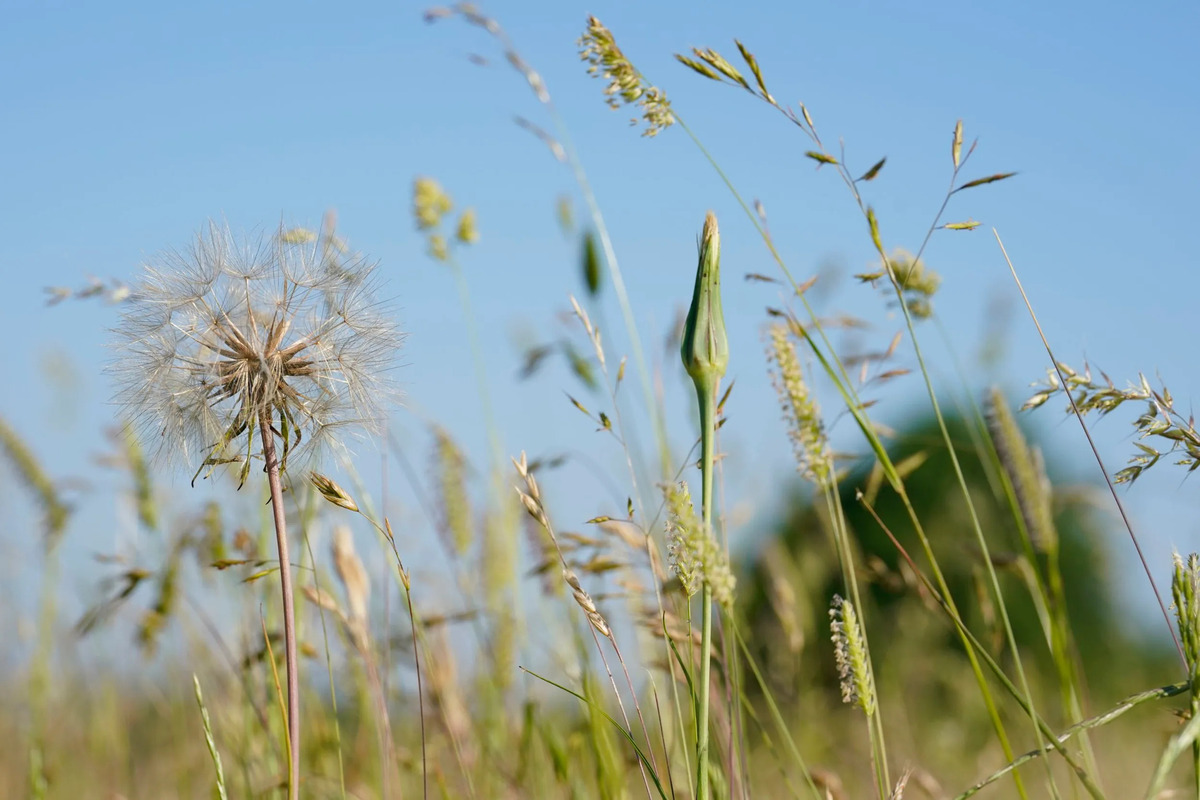

Landscaping Ideas
When Does Grass Pollen Season Start
Modified: September 2, 2024
Get ready for grass pollen season with these landscaping ideas. Learn when grass pollen season starts and how to prepare for it. Create a beautiful and allergy-friendly outdoor space.
(Many of the links in this article redirect to a specific reviewed product. Your purchase of these products through affiliate links helps to generate commission for Storables.com, at no extra cost. Learn more)
Introduction
Welcome to the wonderful world of landscaping and gardening! As the seasons change, so do the tasks and considerations for maintaining a beautiful outdoor space. One crucial aspect that many landscaping enthusiasts and allergy sufferers keep an eye on is the start of grass pollen season. Understanding when this season begins can help individuals prepare for potential allergies and plan outdoor activities accordingly.
In this comprehensive guide, we will delve into the fascinating realm of grass pollen, exploring what it is, the factors that influence the start of its season, and how to identify when it typically begins. By the end of this article, you will have a deeper understanding of this natural occurrence and be better equipped to navigate the joys of outdoor living during grass pollen season.
Key Takeaways:
- Grass pollen season typically starts in spring and extends through summer, varying by region and climate. Understanding the start of the season helps individuals prepare for allergies and plan outdoor activities accordingly.
- Monitoring pollen counts, observing grass growth, and recognizing personal allergy symptoms can help individuals identify the start of grass pollen season. This awareness empowers proactive measures to minimize pollen exposure and manage allergies effectively.
Read more: When Does Landscaping Season Start
What is Grass Pollen?
Grass pollen is a fine to coarse powder produced by the male reproductive organs of grass plants. This pollen is released into the air during the plant’s reproductive cycle, typically as part of the spring and summer seasons. Grass pollen is a common allergen, triggering allergic reactions in many individuals, particularly those with hay fever (allergic rhinitis) or other pollen-related allergies.
Each grass plant produces tiny, lightweight pollen grains that are easily carried by the wind. These grains can travel considerable distances, making grass pollen a widespread allergen that can affect individuals even in urban and suburban areas, far from grassy fields and meadows.
From a botanical perspective, grasses belong to the family Poaceae, which includes a wide variety of species. The structure and composition of grass pollen can vary among different grass species, contributing to the diversity of allergic responses experienced by individuals during grass pollen season.
For many people, exposure to grass pollen can lead to symptoms such as sneezing, runny or stuffy nose, itchy or watery eyes, and throat irritation. These symptoms can significantly impact an individual’s quality of life, especially during the peak of grass pollen season.
Understanding the nature of grass pollen is essential for both allergy sufferers and landscaping enthusiasts. By gaining insights into the characteristics and behavior of grass pollen, individuals can take proactive measures to minimize exposure and manage allergic reactions effectively.
Factors Affecting the Start of Grass Pollen Season
The onset of grass pollen season is influenced by a myriad of factors, each playing a crucial role in determining when the pollen becomes prevalent in the environment. Understanding these factors can provide valuable insights into the timing and intensity of grass pollen season, aiding individuals in making informed decisions regarding outdoor activities and allergy management.
- Climate and Weather Patterns: The climatic conditions in a particular region significantly impact the start of grass pollen season. Warmer temperatures, increased humidity, and longer daylight hours can stimulate grass growth and pollen production. Conversely, prolonged periods of rain or unseasonably cold weather may delay the onset of grass pollen season.
- Grass Species and Varieties: Different species of grasses have distinct flowering periods, with some producing pollen earlier in the season than others. Additionally, the prevalence of specific grass varieties in a given area can influence the timing of grass pollen release, contributing to regional variations in pollen season onset.
- Geographic Location: The geographical location of an area, including its latitude, altitude, and proximity to bodies of water, can impact the start of grass pollen season. Coastal regions and low-lying areas may experience earlier pollen release compared to inland or mountainous areas.
- Soil Conditions and Nutrient Availability: The health and nutrient levels of the soil directly affect the growth and reproductive cycle of grass plants. Adequate soil nutrients, including nitrogen and phosphorus, can promote robust grass growth and abundant pollen production, hastening the onset of pollen season.
- Previous Year’s Seed Production: The quantity of grass seeds produced in the previous year can influence the abundance of grass plants and pollen in the current season. A prolific seed production year may lead to increased grass populations and heightened pollen levels in the following season.
By considering these factors, individuals can gain a deeper appreciation for the intricate interplay of natural elements that govern the start of grass pollen season. This understanding empowers individuals to anticipate and adapt to the seasonal changes, enabling them to make informed choices for their well-being and outdoor pursuits.
Grass pollen season typically starts in late spring or early summer, depending on your location. Keep an eye on local pollen forecasts and start taking allergy medication before the season begins to minimize symptoms.
When Does Grass Pollen Season Typically Start?
The start of grass pollen season varies based on geographical location, climate, and local vegetation. In general, grass pollen season commences in the spring and extends through the summer months, with peak pollen levels occurring during specific periods. Understanding the typical timeframe for the onset of grass pollen season can aid individuals in preparing for potential allergic reactions and planning outdoor activities accordingly.
In regions with temperate climates, where distinct seasonal changes occur, grass pollen season often begins in the spring as temperatures rise and daylight hours increase. This transition stimulates the growth and reproductive processes of grass plants, leading to the release of pollen into the air. The precise start of grass pollen season can fluctuate from year to year, influenced by various environmental factors such as temperature, rainfall, and wind patterns.
For many areas in the Northern Hemisphere, grass pollen season typically commences in late spring, around May, and continues through the summer months, reaching its peak in late spring or early summer. However, regional variations exist, and the start of grass pollen season may occur earlier in some locations, particularly in warmer climates and regions with an abundance of grassy landscapes.
Conversely, in the Southern Hemisphere, where seasonal patterns are reversed, grass pollen season often begins in the early spring months, spanning from September to December. The timing of the season’s onset aligns with the transition from winter to spring, as vegetation undergoes renewed growth and reproductive activity.
It is important to note that urban and suburban environments may experience slightly different timing for the start of grass pollen season compared to rural areas, as local vegetation, landscaping practices, and microclimatic conditions can influence pollen release and dispersal. Additionally, advancements in climate science and pollen monitoring have facilitated the development of pollen calendars, which provide specific timelines for the start and peak of grass pollen season in different regions.
By familiarizing themselves with the typical start and duration of grass pollen season in their area, individuals can take proactive measures to minimize exposure to pollen and manage potential allergic symptoms effectively. This knowledge empowers individuals to make informed choices about outdoor activities and healthcare strategies, enhancing their overall well-being during grass pollen season.
Identifying the Start of Grass Pollen Season
Recognizing the onset of grass pollen season is vital for individuals seeking to manage allergies and make informed decisions about outdoor activities. Several methods and indicators can help identify when grass pollen season begins, enabling individuals to take proactive measures to minimize exposure and mitigate allergic reactions.
- Pollen Count Monitoring: Many regions have established pollen monitoring programs that track and report the levels of pollen in the air. By accessing local pollen count data through websites, mobile apps, or news outlets, individuals can stay informed about the commencement of grass pollen season and the intensity of pollen exposure in their area.
- Observing Grass Growth and Flowering: Monitoring the growth and flowering of grasses in outdoor spaces, parks, and natural landscapes can provide visual cues about the start of grass pollen season. As grasses begin to produce flowers and release pollen, individuals can anticipate the onset of heightened pollen levels.
- Environmental Changes: Changes in the natural environment, such as the appearance of grass seed heads and an increase in airborne pollen, signify the initiation of grass pollen season. These observable shifts in the outdoor surroundings serve as tangible indicators of the transition to heightened pollen activity.
- Personal Allergy Symptoms: For individuals with grass pollen allergies, the onset of allergy symptoms, such as sneezing, nasal congestion, and itchy eyes, can signal the beginning of grass pollen season. By recognizing their body’s allergic responses, individuals can proactively prepare for managing allergies during this time.
- Local Phenology Data: Phenology, the study of seasonal natural phenomena, offers valuable insights into the timing of biological events, including the flowering and pollen release of grasses. Accessing phenology data specific to grass species in a particular area can aid in identifying the start of grass pollen season.
By leveraging these methods and indicators, individuals can effectively pinpoint the commencement of grass pollen season in their vicinity. This awareness empowers them to implement preventive measures, such as using air purifiers, wearing protective masks, and adjusting outdoor activities, to minimize the impact of pollen-related allergies.
Furthermore, collaborating with healthcare professionals and allergists can provide personalized guidance and treatment options for managing grass pollen allergies. By fostering a proactive and informed approach to identifying and addressing the start of grass pollen season, individuals can navigate this natural phenomenon with greater confidence and well-being.
Read more: When Does Grass Pollen Stop
Conclusion
As we’ve explored the intricacies of grass pollen season, it becomes evident that understanding the start of this natural occurrence is essential for both allergy management and outdoor enjoyment. Grass pollen, a common allergen, triggers allergic reactions in many individuals, making it crucial to identify the onset of its seasonal activity.
Factors such as climate, grass species, geographic location, and soil conditions play pivotal roles in influencing the start of grass pollen season. By recognizing these factors, individuals can gain valuable insights into the timing and intensity of pollen release, empowering them to make informed decisions about outdoor activities and allergy prevention strategies.
The typical start of grass pollen season varies based on geographical location and local environmental conditions. While it generally commences in the spring and extends through the summer months, regional variations and climatic influences contribute to nuanced timing for different areas. By familiarizing themselves with the typical onset of grass pollen season in their region, individuals can proactively prepare for potential allergies and plan outdoor pursuits accordingly.
Identifying the start of grass pollen season involves monitoring pollen counts, observing grass growth and flowering, noting environmental changes, recognizing personal allergy symptoms, and accessing local phenology data. These methods enable individuals to pinpoint the commencement of grass pollen season, allowing them to take proactive measures to minimize pollen exposure and manage allergic reactions effectively.
By staying informed about the onset of grass pollen season and collaborating with healthcare professionals, individuals can navigate this natural phenomenon with confidence and well-being. Whether it’s adjusting outdoor activities, implementing allergy management strategies, or seeking personalized medical guidance, being attuned to the start of grass pollen season empowers individuals to embrace the beauty of outdoor living while prioritizing their health.
Armed with this knowledge, individuals can embark on their outdoor adventures, savoring the delights of nature while minimizing the impact of grass pollen allergies. By fostering a proactive and informed approach, they can revel in the wonders of the great outdoors, even during grass pollen season.
Frequently Asked Questions about When Does Grass Pollen Season Start
Was this page helpful?
At Storables.com, we guarantee accurate and reliable information. Our content, validated by Expert Board Contributors, is crafted following stringent Editorial Policies. We're committed to providing you with well-researched, expert-backed insights for all your informational needs.
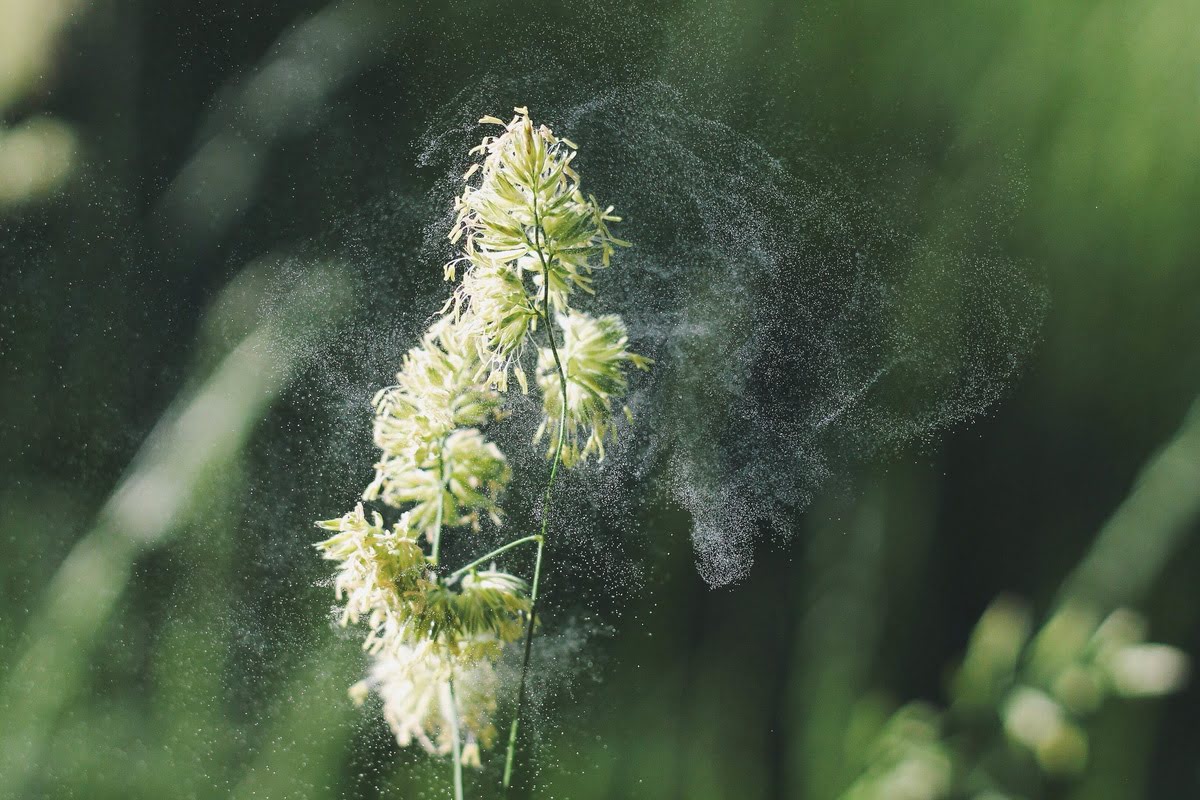
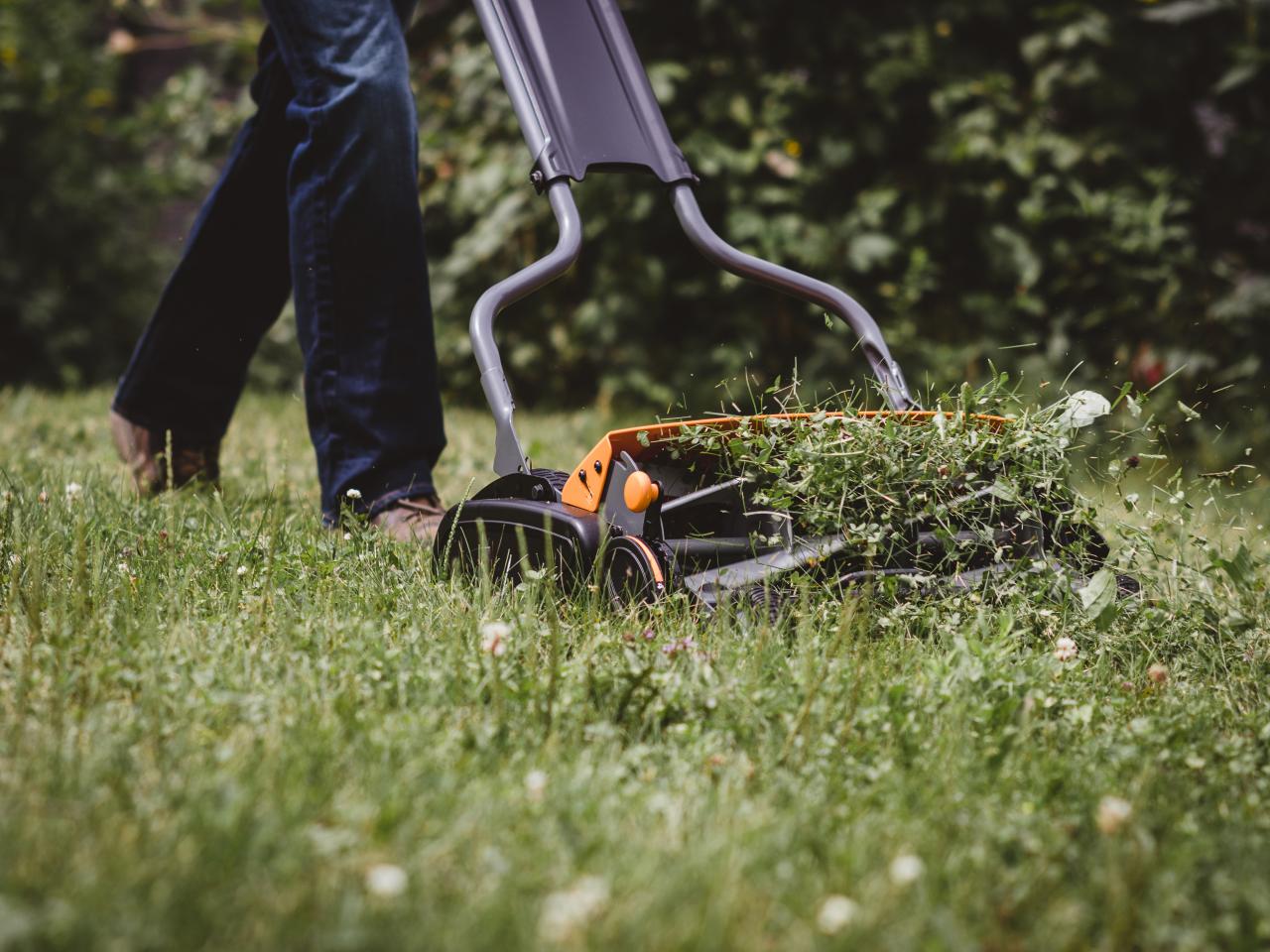
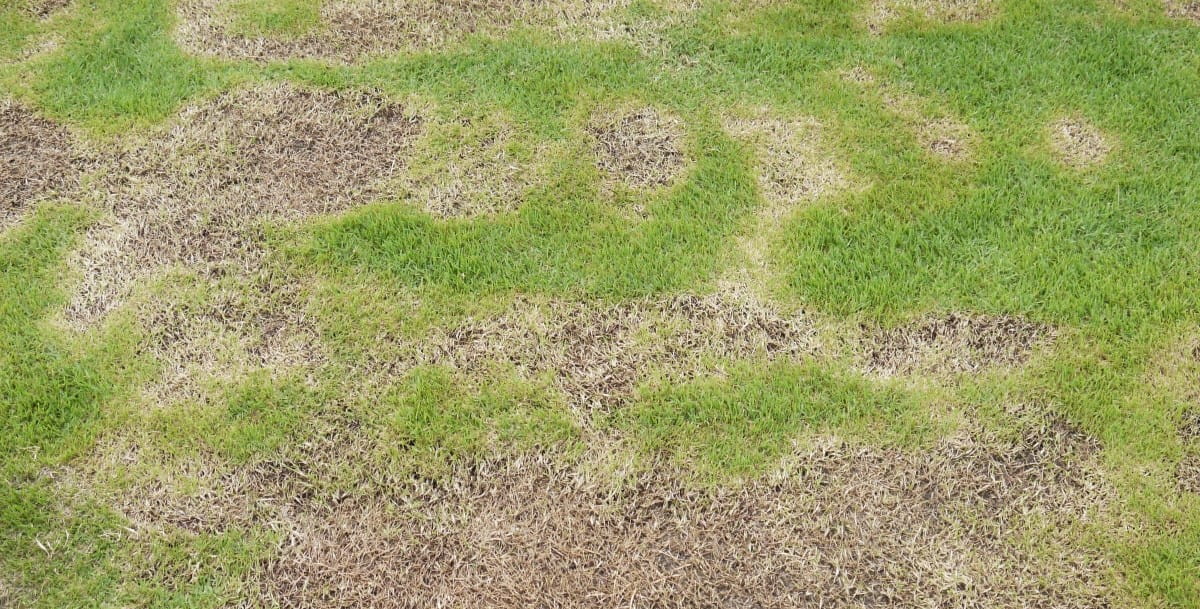
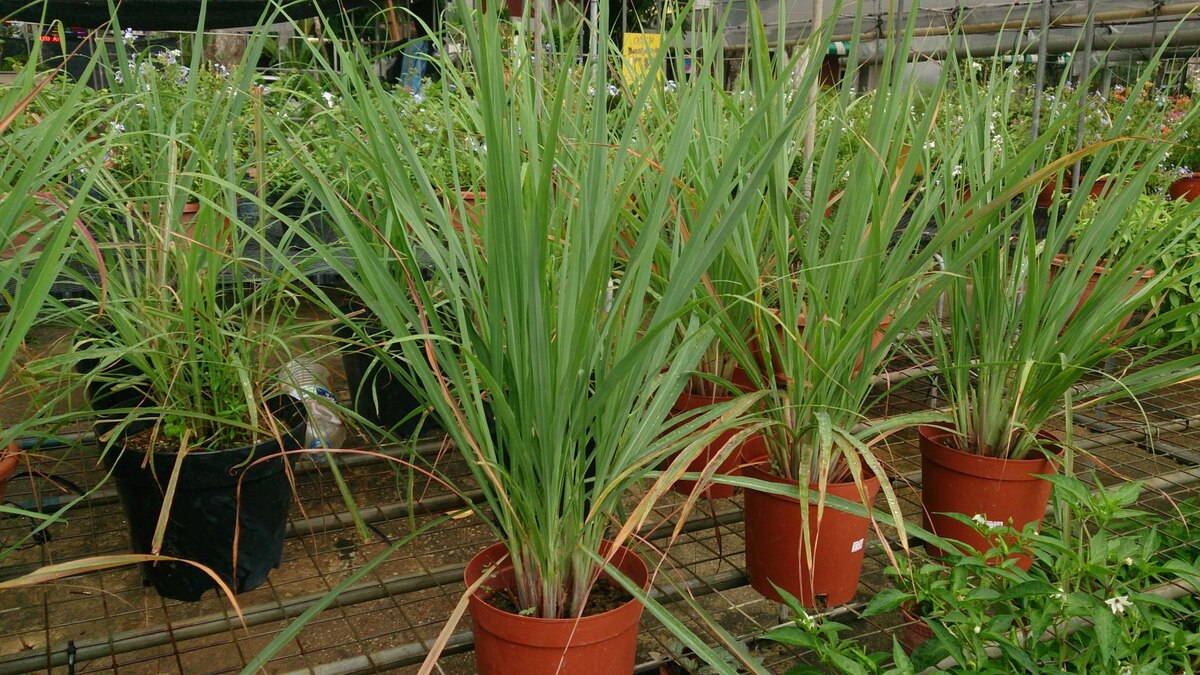
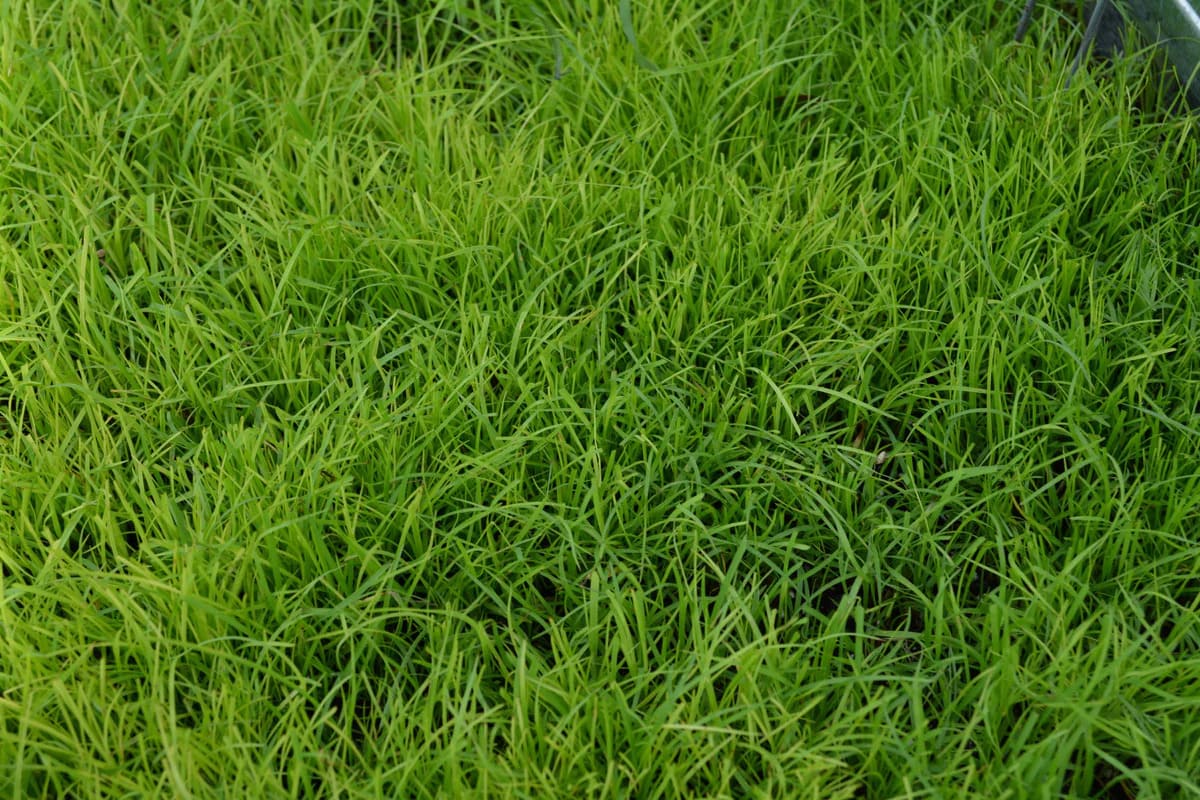

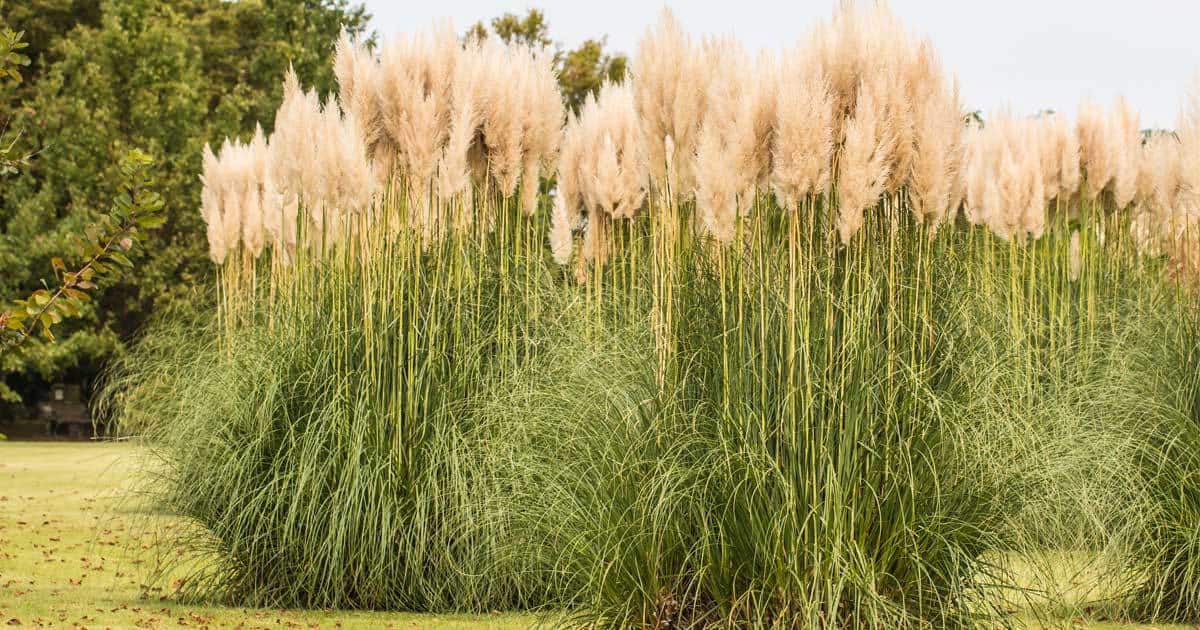
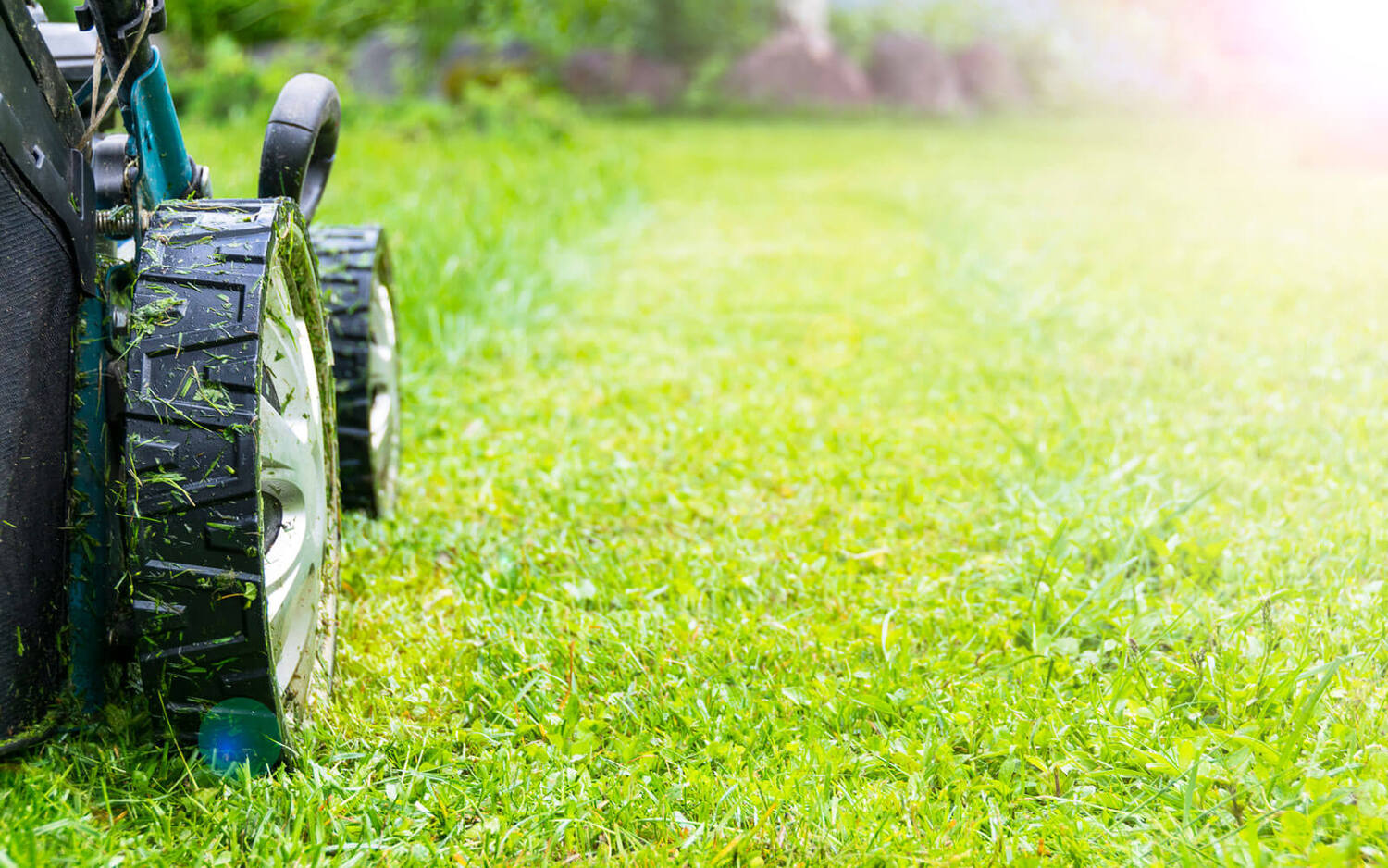
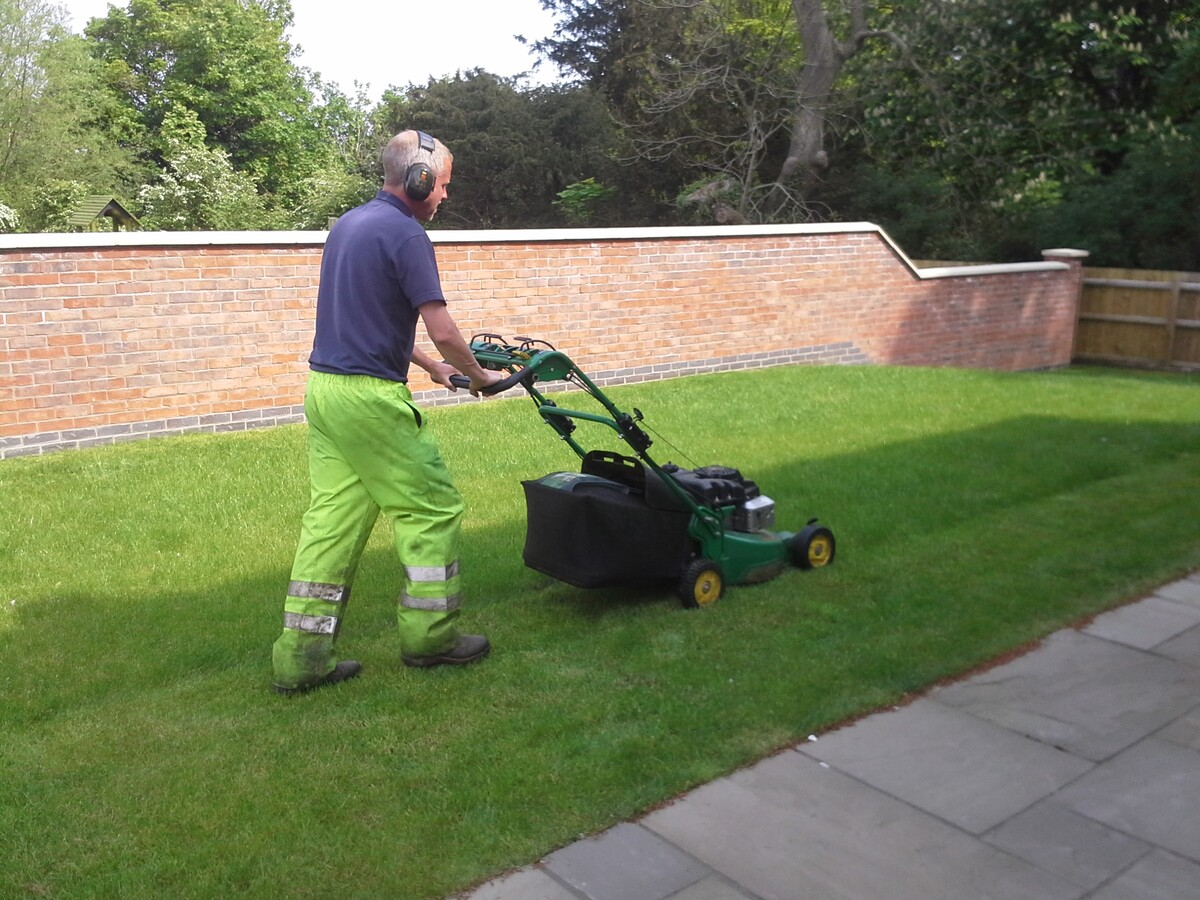
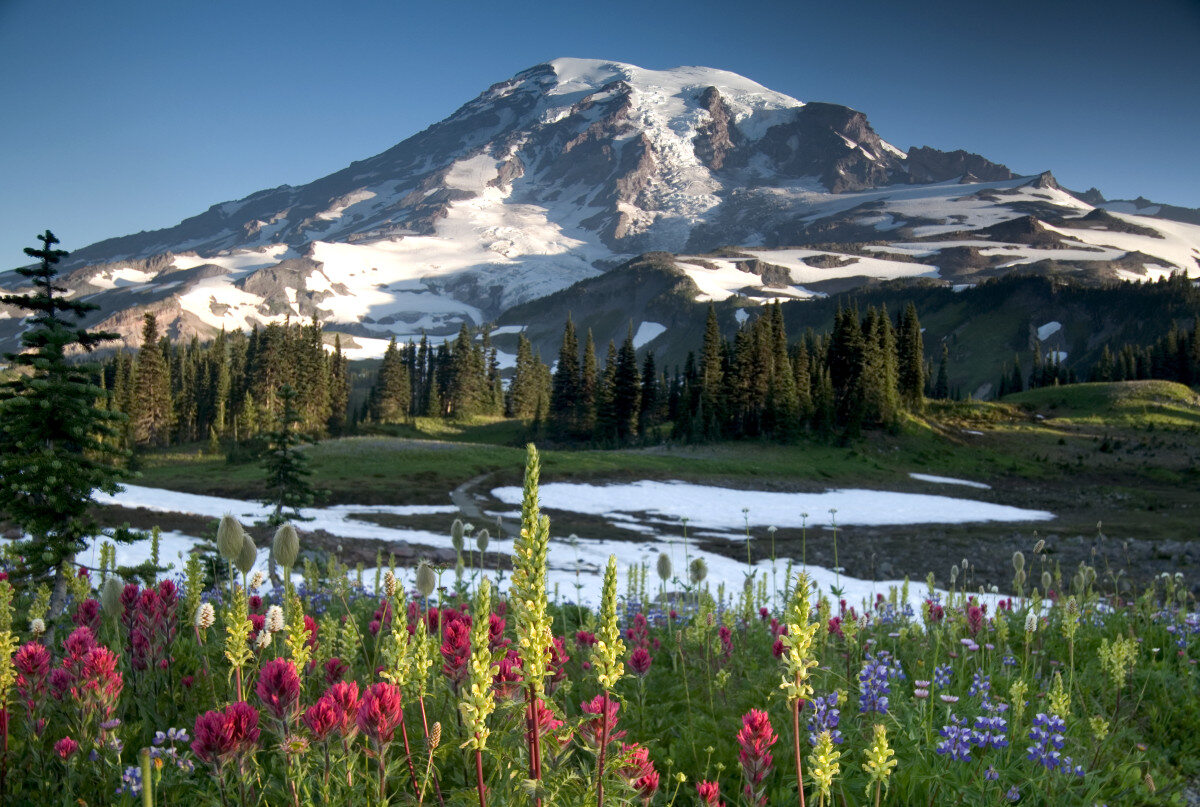
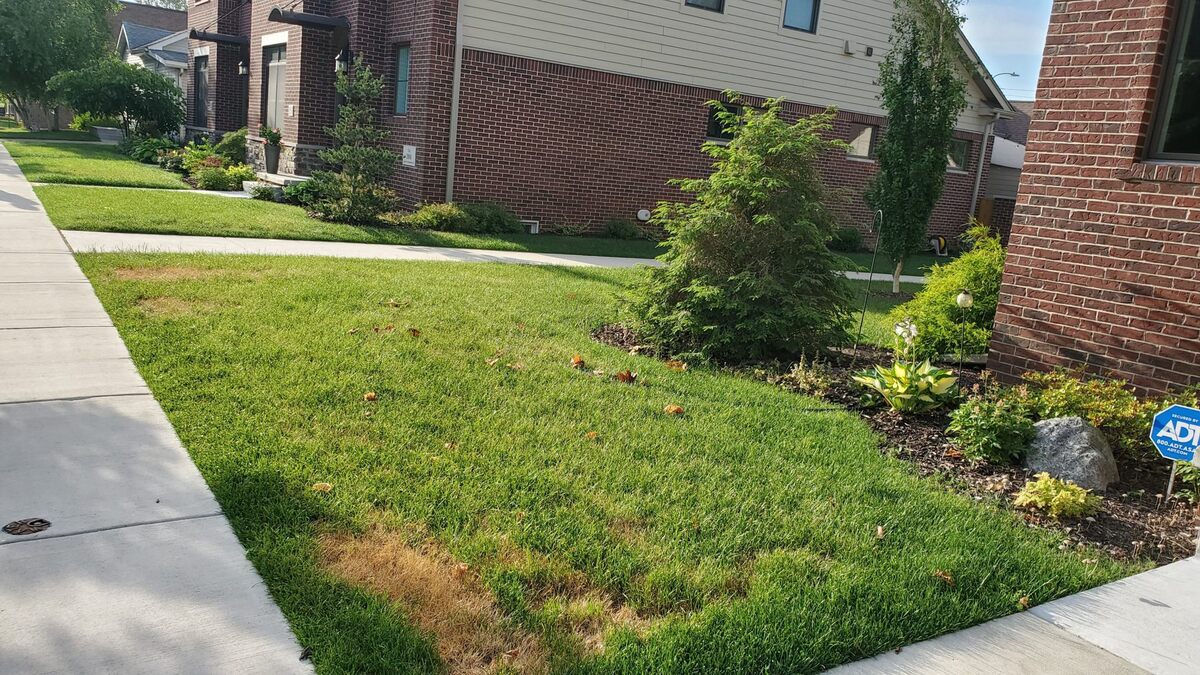
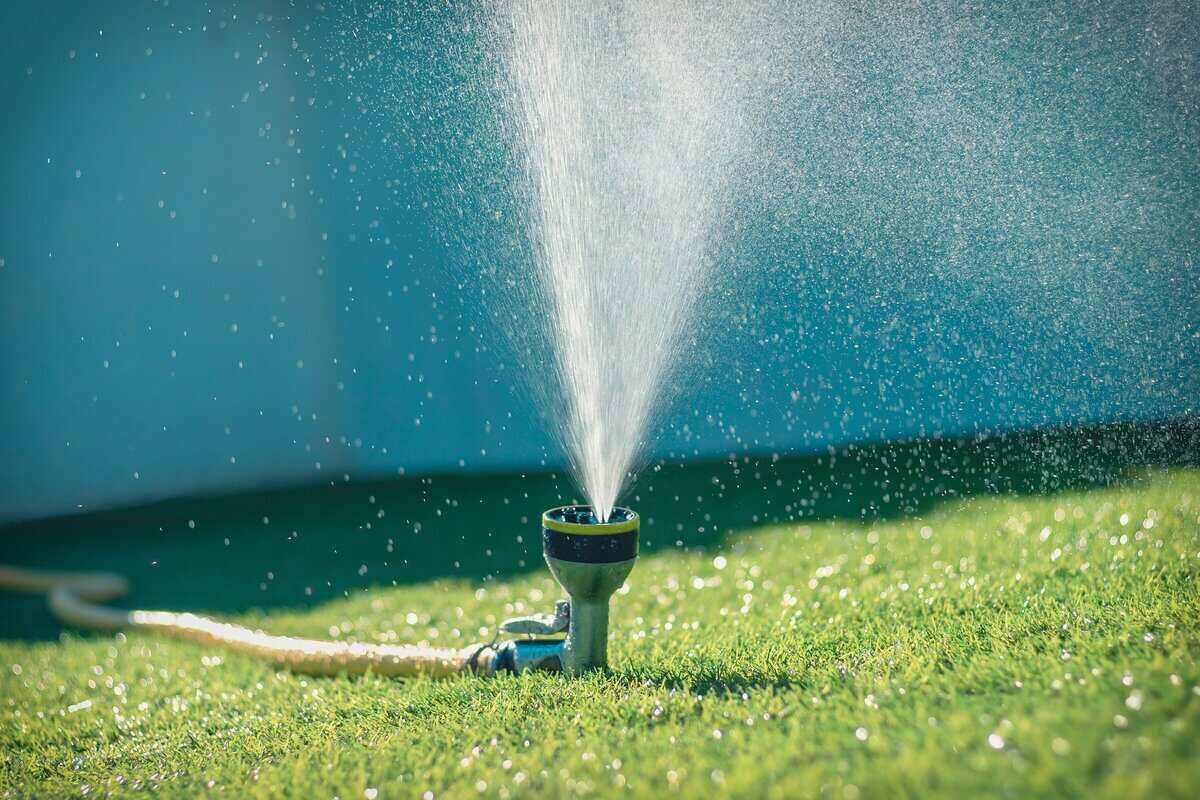
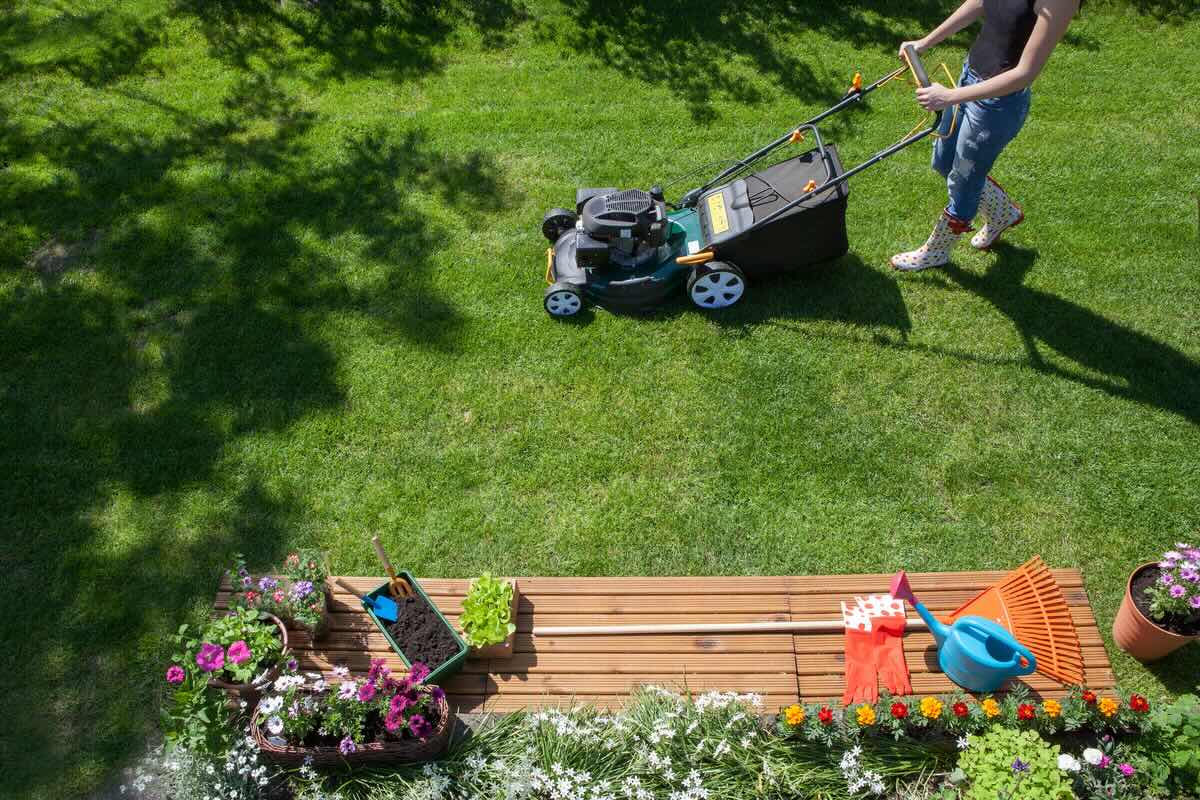
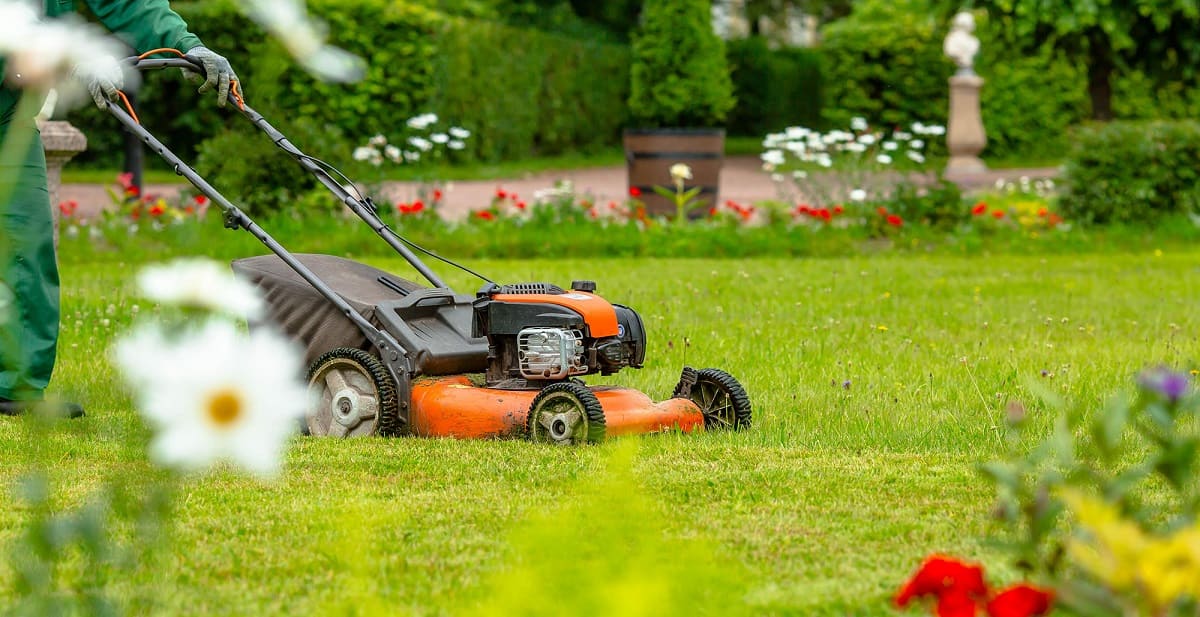

0 thoughts on “When Does Grass Pollen Season Start”